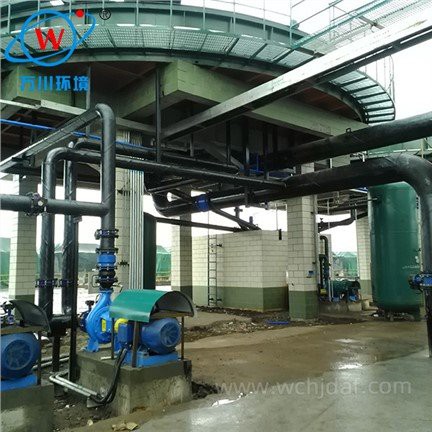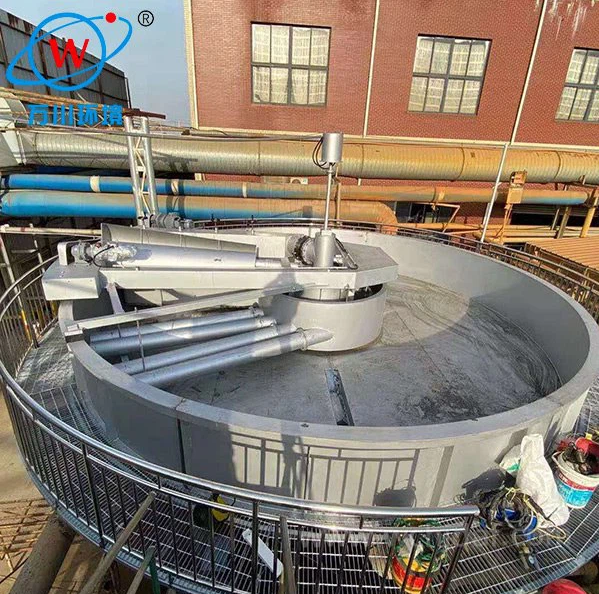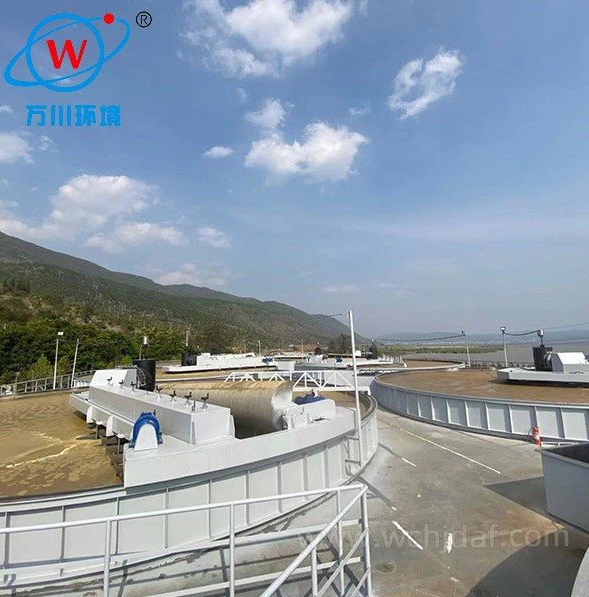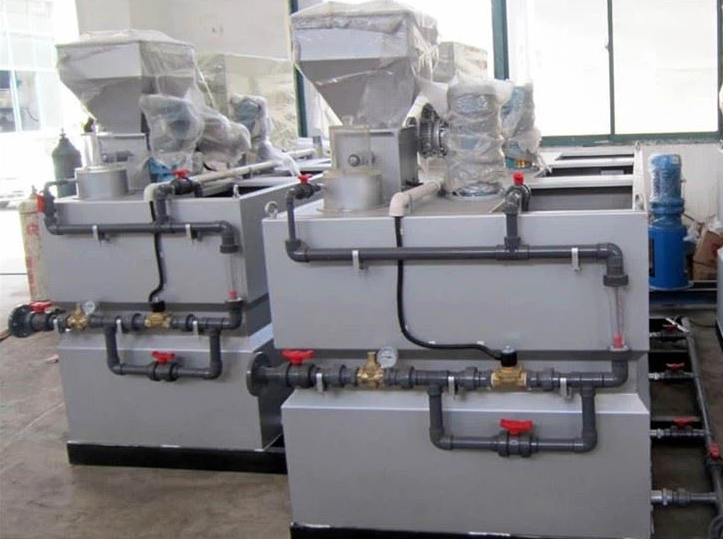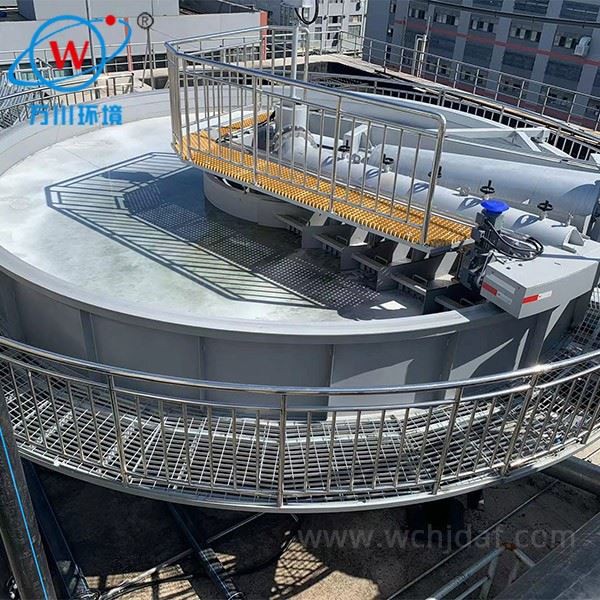Experimental Air Flotation Applications
Experimental Air Flotation has shown wide application potential in many fields due to its high efficiency in separating suspended particles. Key benefits include reduced turbidity, lower COD values, and improved filtration efficiency across various industries.
In the field of sewage treatment, it is one of the core application scenarios:
- Effective for both industrial wastewater (chemical, food processing, printing/dyeing) and municipal sewage
- Removes oil, colloidal particles and organic pollutants through microbubbles
- Especially suitable for oily wastewater where traditional sedimentation methods are inefficient
Drinking Water Purification
Removes algae, plankton and fine suspended matter, improves filtration efficiency, and reduces disinfectant reagent consumption.
Mining & Metallurgy
Separates mineral particles, recovers valuable metal oxides, and reduces wastewater pollution load.
Food Processing
Treats organic waste liquids (protein/grease) achieving resource recovery and compliant discharge.
In laboratory research, experimental flotation helps explore effects of bubble size, pressure, and reagent types, providing data for technology optimization and scale-up. It's also valuable for environmental emergencies to quickly separate pollutants and control contamination spread.
Emerging applications demonstrating technical adaptability:
- Microplastic removal from water systems
- Sludge concentration processes
- Novel separation techniques development
- Specialized wastewater treatment solutions
With continuous technological iteration, air flotation applications continue expanding into new environmental and industrial challenges, maintaining its position as a versatile separation technology.

